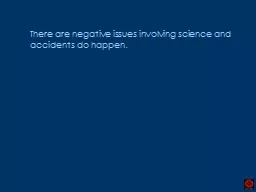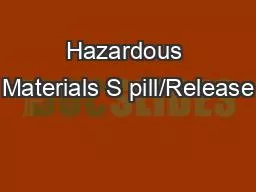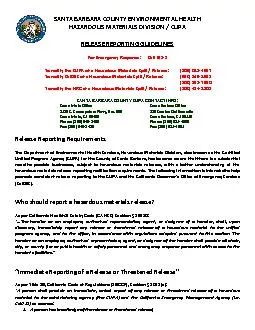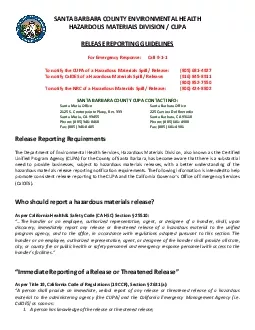PPT-Most accidents are caused by the uncontrolled release of hazardous energy. Many of these
Author : sherrill-nordquist | Published Date : 2018-10-21
OSHAs standard is designed to prevent needless deaths and serious injury to workers by controlling hazardous energy Introduction Training Overview This training
Presentation Embed Code
Download Presentation
Download Presentation The PPT/PDF document "Most accidents are caused by the uncontr..." is the property of its rightful owner. Permission is granted to download and print the materials on this website for personal, non-commercial use only, and to display it on your personal computer provided you do not modify the materials and that you retain all copyright notices contained in the materials. By downloading content from our website, you accept the terms of this agreement.
Most accidents are caused by the uncontrolled release of hazardous energy. Many of these: Transcript
Download Rules Of Document
"Most accidents are caused by the uncontrolled release of hazardous energy. Many of these"The content belongs to its owner. You may download and print it for personal use, without modification, and keep all copyright notices. By downloading, you agree to these terms.
Related Documents














